Filter by
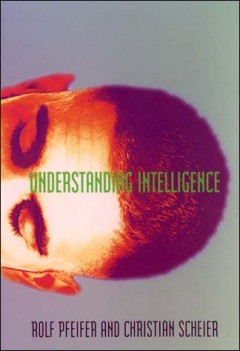
Understanding Intelligence
Researchers now agree that intelligence always manifests itself in behavior - thus it is behavior that we must understand. An exciting new field has grown around the study of behavior-based intelligence, also known as embodied cognitive science, "new AI," and "behavior-based AI."" "Rolf Pfeifer and Christian Scheier provide a systematic introduction to this new way of thinking about intelligenc…
- Edition
- -
- ISBN/ISSN
- 9780262256797
- Collation
- 1 online resource (xx, 697 pages) :illustrations
- Series Title
- -
- Call Number
- -
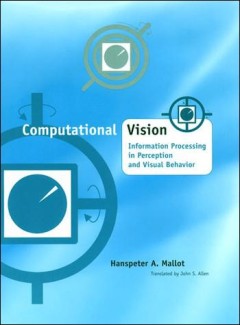
Computational Vision: Information Processing in Perception and Visual Behavior
"A Bradford book."This text provides an introduction to computational aspects of early vision, in particular, color, stereo, and visual navigation. It integrates approaches from psychophysics and quantitative neurobiology, as well as theories and algorithms from machine vision and photogrammetry. When presenting mathematical material, it uses detailed verbal descriptions and illustrations to cl…
- Edition
- -
- ISBN/ISSN
- 9780262278959
- Collation
- 1 online resource (ix, 296 pages) :illustrations.
- Series Title
- -
- Call Number
- -
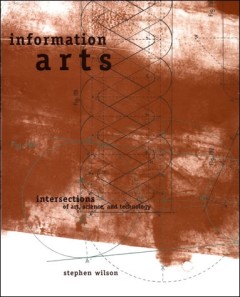
Information arts : intersections of art, science, and technology
An introduction to the work and ideas of artists who use--and even influence--science and technology.A new breed of contemporary artist engages science and technology--not just to adopt the vocabulary and gizmos, but to explore and comment on the content, agendas, and possibilities. Indeed, proposes Stephen Wilson, the role of the artist is not only to interpret and to spread scientific knowled…
- Edition
- -
- ISBN/ISSN
- 9780262286336
- Collation
- 1 online resource (xxiv, 945 pages) : illustrations.
- Series Title
- -
- Call Number
- 700 WIL i

Conceptual Spaces: The Geometry of Thought
Within cognitive science, two approaches currently dominate the problem of modeling representations. The symbolic approach views cognition as computation involving symbolic manipulation. Connectionism, a special case of associationism, models associations using artificial neuron networks. Peter Gärdenfors offers his theory of conceptual representations as a bridge between the symbolic and conn…
- Edition
- -
- ISBN/ISSN
- 9780262273558
- Collation
- 1 online resource (x, 307 pages) :illustrations
- Series Title
- -
- Call Number
- -
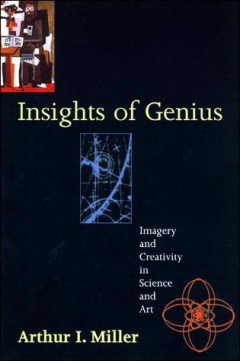
Insights of genius : imagery and creativity in science and art
Originally published: New York : Copernicus, ?1996."How can new knowledge be created from already existing knowledge? Insights of Genius shows how seeing in all it's many forms - insight, revelation, a distinctive point of view - is central to the greatest advances of the human intellect. Artists and scientists alike rely on visual representations of worlds both visible and invisible"--Page 4 o…
- Edition
- 1st MIT Press pbk. ed.
- ISBN/ISSN
- 9780262287340
- Collation
- 1 online resource (xxii, 482 pages) :i llustrations
- Series Title
- -
- Call Number
- 500 MIL i
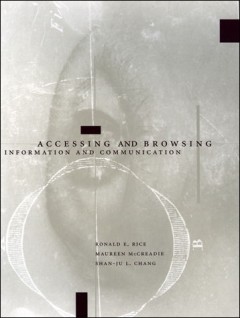
Accessing and browsing information and communication
This book contends that accessing and browsing information and communication are multidimensional and consequential aspects of the information user's entire experience and of general human behavior. Problems in information creation, processing, transmittal, and use often arise from an incomplete conceptualization of the "information seeking" process, where information seeking is viewed as the i…
- Edition
- -
- ISBN/ISSN
- 9780262256865
- Collation
- 1 online resource (xiii, 357 pages) :illustrations
- Series Title
- -
- Call Number
- -
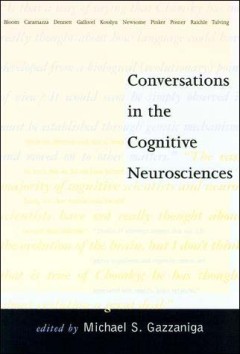
Conversations in the Cognitive Neurosciences
Conversations in the Cognitive Neurosciences is a brief, informative yet informal guide to recent developments in the cognitive neurosciences by the scientists who are in the thick of things.
- Edition
- -
- ISBN/ISSN
- 9780262286893
- Collation
- 1 online resource (viii, 193 pages) :illustrations
- Series Title
- -
- Call Number
- -
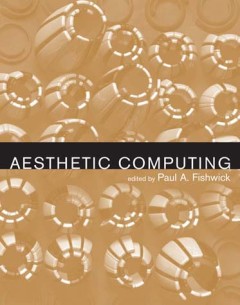
Aesthetic computing
In Aesthetic Computing, key scholars and practitioners from art, design, computer science, and mathematics lay the foundations for a discipline that applies the theory and practice of art to computing. Aesthetic computing explores the way art and aesthetics can play a role in different areas of computer science. One of its goals is to modify computer science by the application of the wide range…
- Edition
- -
- ISBN/ISSN
- 9780262272735
- Collation
- 1 online resource (xvi, 457 pages) :illustrations.
- Series Title
- -
- Call Number
- -
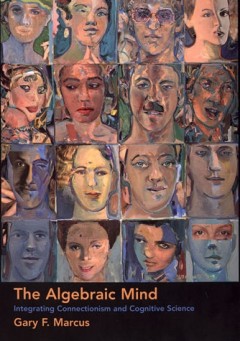
The algebraic mind :integrating connectionism and cognitive science
"A Bradford book."In The Algebraic Mind, Gary Marcus attempts to integrate two theories about how the mind works, one that says that the mind is a computer-like manipulator of symbols, and another that says that the mind is a large network of neurons working together in parallel. Resisting the conventional wisdom that says that if the mind is a large neural network it cannot simultaneously be a…
- Edition
- -
- ISBN/ISSN
- 9780262279086
- Collation
- 1 online resource (xiii, 224 pages) :illustrations.
- Series Title
- -
- Call Number
- -

Belief's own ethics
"A Bradford book."The fundamental question of the ethics of belief is "What ought one to believe?" According to the traditional view of evidentialism, the strength of one's beliefs should be proportionate to the evidence. Conventional ways of defending and challenging evidentialism rely on the idea that what one ought to believe is a matter of what it is rational, prudent, ethical, or personall…
- Edition
- -
- ISBN/ISSN
- 9780262266826
- Collation
- 1 online resource (xv, 357 pages)
- Series Title
- -
- Call Number
- -
 Computer Science, Information & General Works
Computer Science, Information & General Works  Philosophy & Psychology
Philosophy & Psychology  Religion
Religion  Social Sciences
Social Sciences  Language
Language  Pure Science
Pure Science  Applied Sciences
Applied Sciences  Art & Recreation
Art & Recreation  Literature
Literature  History & Geography
History & Geography